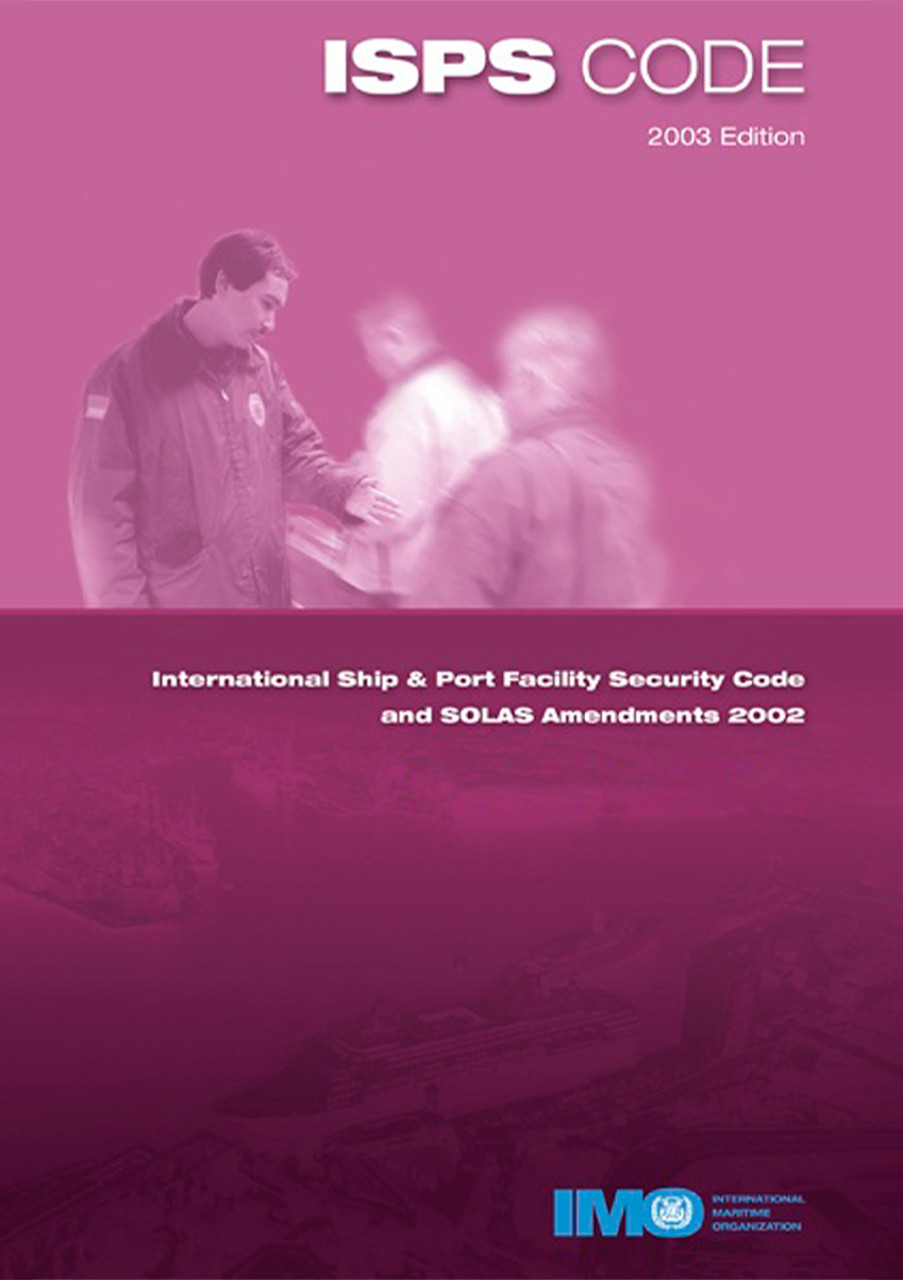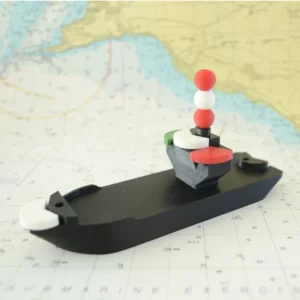Description
ISPS Code: The International Ship and Port Facility Security Code
The ISPS Code is an international framework for cooperation between governments, agencies, and the shipping and port industries. It aims to detect security threats and take preventive measures against security incidents affecting ships or port facilities used in international trade.
The Code is divided into two parts: Part A, which contains mandatory requirements, and Part B, which contains recommendatory guidance.
The ISPS Code is mandatory for all ships and port facilities used in international trade, including superyachts.
Superyacht crew members responsible for security must be trained in the ISPS Code. There are various ISPS Code training courses available, both online and in person.
ISPS Code training is essential for superyacht crew members who want to be prepared for security incidents. It helps them identify and mitigate security threats and respond to security incidents safely and efficiently.
Here are some of the benefits of ISPS Code training for superyacht crew members:
- Increased knowledge of security threats and how to mitigate them
- Improved ability to identify and respond to security incidents
- Increased confidence in their ability to keep passengers and crew safe
If you are a superyacht crew member responsible for security, I encourage you to get ISPS Code training. It is an essential part of being prepared for security incidents.
Contents Listing:
Conference resolution 2: Adoption of the International Code for the Security of Ships and of Port Facilities
International Code for the Security of Ships and of Port Facilities Preamble
Part A: Mandatory requirements regarding the provisions of chapter XI-2 of the Annex to the International Convention for the Safety of Life at Sea, 1974, as amended
Introduction
Objectives
Functional requirements
Definitions
Application
Responsibilities of Contracting Governments
Declaration of Security
Obligations of the Company
Ship security
Ship security assessment
Ship security plan
Records
Company security officer
Ship security officer
Training, drills and exercises on ship security
Port facility security
Port facility security assessment
Port facility security plan
Port facility security officer
Training, drills and exercises on port facility security
Verification and certification for ships
Verifications
Issue or endorsement of Certificate
Duration and validity of Certificate
Interim certification.
Appendix to part A Appendix 1: Form of the International Ship Security Certificate
Appendix 2: Form of the Interim International Ship Security Certificate
Part B: Guidance regarding the provisions of chapter XI-2 of the Annex to the International Convention for the Safety of Life at Sea, 1974 as amended and part A of this Code
Introduction
General
Responsibilities of Contracting Governments
Setting the security level
The Company and the ship
The port facility
Information and communication
Definitions
Application
Responsibilities of Contracting Governments
Security of assessments and plans
Designated Authorities
Recognized security organizations
Setting the security level
Contact points and information on port facility security plans
Identification documents
Fixed and floating platforms and mobile offshore drilling units on location
Ships which are not required to comply with part A of this Code
Threats to ships and other incidents at sea
Alternative security agreements
Equivalent arrangements for port facilities
Manning level
Control and compliance measures
Non-Party ships and ships below Convention size
Declaration of Security
Obligations of the Company
Ship security
Ship security assessment
Security assessment
On-scene security survey
Ship security plan
General
Organization and performance of ship security duties
Access to the ship
Restricted areas on the ship
Handling of cargo
Delivery of ship’s stores
Handling unaccompanied baggage
Monitoring the security of the ship
Differing security levels
Activities not covered by the Code
Declarations of Security
Audit and review
Records
Company security officer
Ship security officer
Training, drills and exercises on ship security
Training
Drills and exercises
14 Port facility security
15 Port facility security assessment
General
Identification and evaluation of important assets and infrastructure it is important to protect
Identification of the possible threats to the assets and infrastructure and the likelihood of their occurrence in order to establish and prioritize security measures
Identification, selection, and prioritization of counter-measures and procedural changes and their level of effectiveness in reducing vulnerability
Identification of vulnerabilities
Port facility security plan
General
Organization and performance of port facility security duties
Access to the port facility
Restricted areas within the port facility
Handling of cargo
Delivery of ship’s stores
Handling unaccompanied baggage
Monitoring the security of the port facility
Differing security levels
Activities not covered by the Code
Declarations of Security
Audit, review and amendment
Approval of port facility security plans
Statement of Compliance of a Port Facility
Port facility security officer
Training, drills and exercises on port facility security
Training
Drills and exercises
Verification and certification for ships
Appendix to part B Appendix 1: Form of a Declaration of Security between a ship and a port facility
Appendix 2: Form of a Statement of Compliance of a Port Facility
Conference resolution 1: Adoption of amendments to the Annex to the International Convention for the Safety of Life at Sea, 1974
Amendments to chapters V and XI of SOLAS 1974
Other Conference resolutions 3: Further work by the International Maritime Organization on enhancing maritime security.
Future amendments to chapters XI-1 and XI-2 of the 1974 SOLAS Convention on special measures to enhance maritime safety and security.
Promotion of technical cooperation and assistance
Early implementation of the special measures to enhance maritime security
Establishment of appropriate measures to enhance the security of ships, port facilities, mobile offshore drilling units on location, and fixed and floating platforms not covered by chapter XI-2 of the SOLAS Convention
Enhancement of security in cooperation with the International Labour Organization
Enhancement of security in cooperation with the World Customs Organization
Early implementation of long-range ship identification and tracking
Human-element-related aspects and shore leave for seafarers






Reviews
There are no reviews yet.